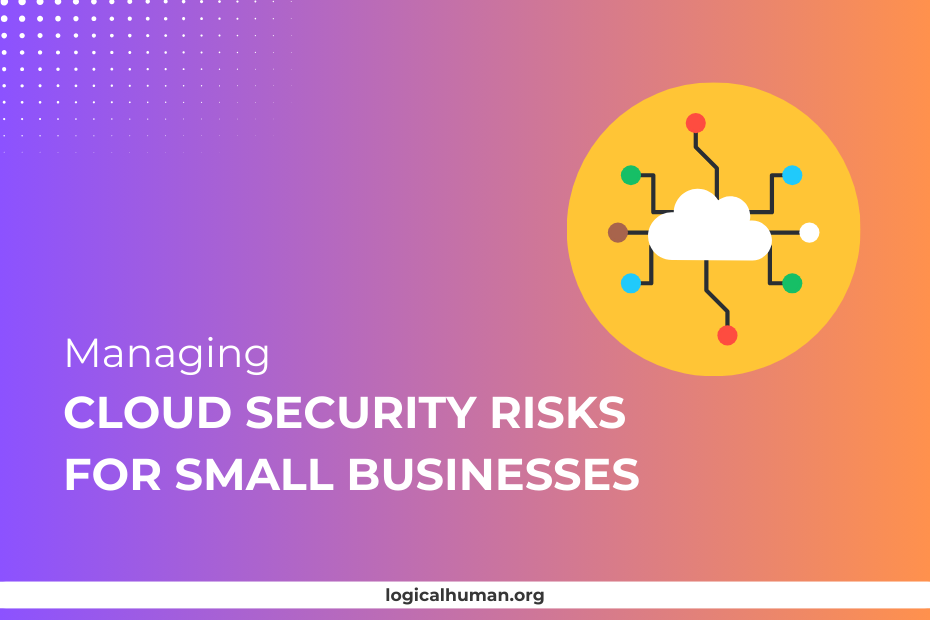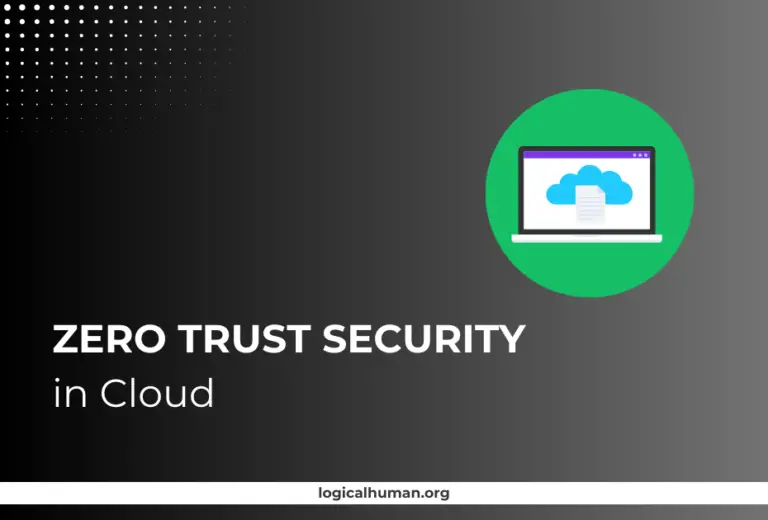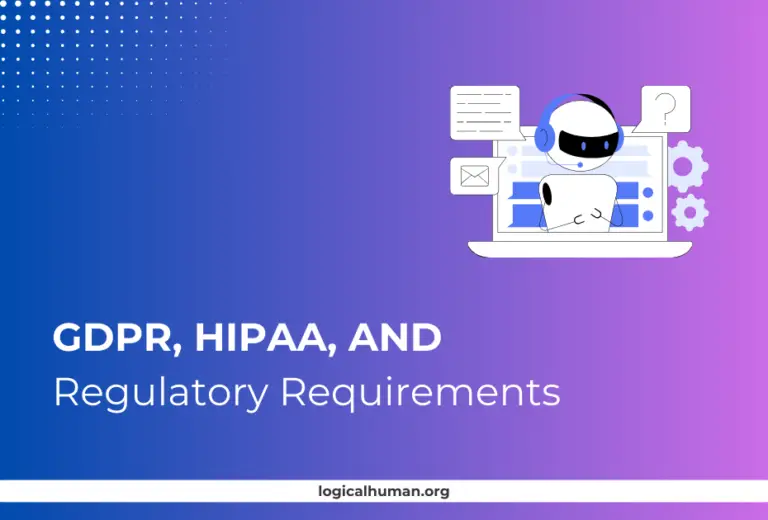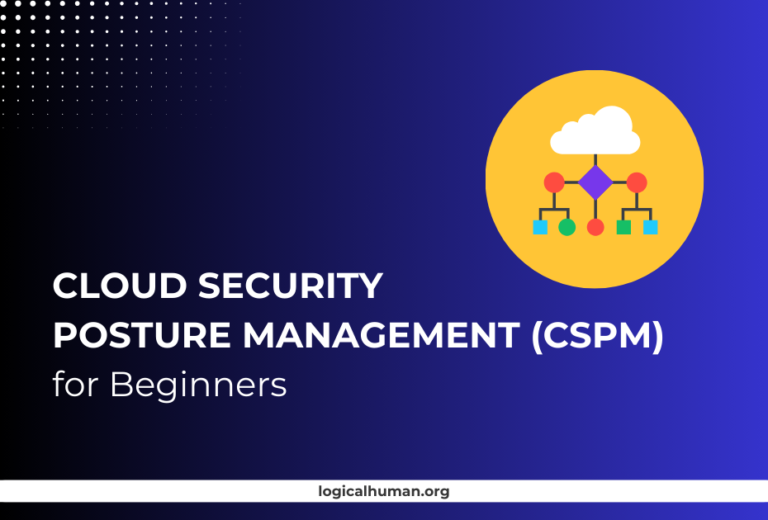When it comes to managing your small business, cloud computing offers incredible benefits like scalability, cost efficiency, and ease of use. But with great power comes great responsibility—cloud security should be at the top of your priority list. Cloud security refers to the set of practices, technologies, and policies that protect your cloud-based systems, data, and infrastructure from threats. For small businesses, ensuring robust cloud security is crucial, as a single breach can have devastating financial and reputational consequences.
Why Small Businesses Need Cloud Security?
Small businesses might assume they aren’t targets for cyberattacks, but that’s a misconception. Hackers know that small businesses often lack the sophisticated security measures of larger corporations, making them easier targets. Whether you’re using cloud storage for sensitive customer data or running applications critical to your business operations, securing your cloud environment is a must.
Understanding Cloud Security Risks
Before diving into solutions, it’s essential to understand the risks associated with cloud computing. Knowing what you’re up against helps you prepare better defenses.
Common Cloud Security Risks
- Data Breaches: Unauthorized access to your data can lead to severe financial losses and damage to your business reputation. Breaches often occur due to weak passwords, phishing scams, or malware.
- Account Hijacking: Attackers may gain access to your cloud accounts through stolen credentials. This can lead to data leaks, unauthorized transactions, or even a complete takeover of your cloud resources.
- Insider Threats: Employees or contractors with malicious intent can misuse their access to compromise cloud resources or steal sensitive information.
- Insecure APIs: APIs are the gateways for interaction with your cloud services. Insecure APIs can become an entry point for hackers, leading to unauthorized access and data leaks.
- Misconfigured Cloud Storage: Improper configuration of cloud storage can expose sensitive data to the public, leading to data breaches. It’s like leaving the door to your safe wide open.
Assessing Your Cloud Security Needs
Understanding the unique security needs of your business is the first step in building a secure cloud environment.
Evaluating Your Business’s Security Posture
To start, conduct a thorough evaluation of your existing security measures. Identify any weak points that could be exploited by hackers. This involves assessing the sensitivity of the data you store and understanding your current compliance requirements.
Identifying Sensitive Data
Pinpoint which data needs the most protection. This could be anything from customer information to proprietary business data. Once identified, prioritize securing these assets.
Determining Compliance Requirements
Different industries have specific compliance requirements like GDPR, HIPAA, or CCPA. Ensure your cloud security measures align with these regulations to avoid hefty fines and legal repercussions.
Implementing Cloud Security Measures
Once you’ve assessed your security needs, it’s time to implement robust security measures.
Choosing a Secure Cloud Service Provider
Your choice of cloud provider can make or break your security efforts. Opt for providers with a solid reputation for security.
What to Look for in a Cloud Provider
Ensure the provider offers end-to-end encryption, robust access controls, and multi-factor authentication. Also, review their security certifications and audit reports.
Evaluating Security Certifications
Certifications like ISO 27001, SOC 2, and CSA STAR indicate that a provider follows stringent security standards. These certifications can serve as a good starting point for evaluating a provider’s security posture.
Access Control and Identity Management
Managing who has access to your cloud resources is critical for security.
Using Multi-Factor Authentication (MFA)
MFA adds an extra layer of security by requiring users to provide multiple forms of identification before accessing accounts. This drastically reduces the risk of account hijacking.
Why MFA is Critical for Cloud Security
MFA can prevent unauthorized access even if an attacker manages to steal a user’s password. It’s like having a second lock on your front door.
Implementing Role-Based Access Control (RBAC)
RBAC allows you to restrict access to cloud resources based on the user’s role in the organization. For example, a marketing employee shouldn’t have access to financial records.
Benefits of RBAC for Small Businesses
RBAC minimizes the risk of accidental data exposure and helps maintain a structured approach to data access, making it easier to monitor and control.
| Security Practice | Description | Benefits |
|---|---|---|
| Multi-Factor Authentication (MFA) | Requires users to verify their identity using two or more methods. | Significantly reduces the risk of account hijacking. |
| Data Encryption | Protects data by converting it into a secure format during storage and transmission. | Ensures data confidentiality even if intercepted or accessed. |
| Role-Based Access Control (RBAC) | Limits user access to data and resources based on their role within the organization. | Minimizes risk of unauthorized access and data breaches. |
| Regular Security Audits | Involves periodic reviews of cloud security policies and practices. | Identifies vulnerabilities and compliance issues proactively. |
| Continuous Monitoring | Uses tools to monitor cloud activities and alert on suspicious behaviors. | Enables real-time threat detection and rapid response. |
Encrypting Your Data
Encryption is a must-have for cloud security.
Importance of Data Encryption
Encryption ensures that even if data is intercepted, it can’t be read without the decryption key.
Encrypting Data at Rest and In Transit
Data should be encrypted both when stored (at rest) and during transmission (in transit). Most reputable cloud providers offer built-in encryption options.
Regular Monitoring and Auditing
Continuous monitoring and regular audits are essential to detect and respond to threats promptly.
Continuous Monitoring Tools
Leverage monitoring tools that provide real-time alerts on suspicious activities. These tools can track login attempts, data transfers, and changes to your cloud environment.
Real-time Alerts and Anomaly Detection
Real-time alerts notify you of unusual activities, such as login attempts from unfamiliar locations. This allows for quick action before any damage is done.
Conducting Security Audits
Regular security audits help identify vulnerabilities in your cloud setup. It’s like doing a health check-up for your IT systems.
Establishing a Cloud Security Policy
Having a comprehensive cloud security policy is key to managing risks effectively.
Key Components of a Cloud Security Policy
Your policy should include guidelines on data access, encryption, incident response, and compliance requirements.
Employee Training and Awareness
Employees are often the weakest link in security. Regular training sessions can help them recognize phishing attempts and understand best practices for data security.
Incident Response Plan
An incident response plan outlines steps to take in case of a security breach. This includes who to notify, how to contain the breach, and steps for recovery.
Data Backup and Disaster Recovery
A robust backup and disaster recovery plan ensures your business can bounce back from any security incident.
Setting Up a Data Backup Strategy
Back up your data regularly to a secure location. Cloud providers often offer automated backup solutions, making it easier to maintain data integrity.
Automated vs Manual Backups
Automated backups are more reliable and reduce the risk of human error, while manual backups offer more control but require more effort and oversight.
Creating a Disaster Recovery Plan
A disaster recovery plan ensures you can restore critical business functions quickly after a security incident or system failure.
Securing Cloud-Based Applications
Applications running on the cloud need just as much security as the data stored there.
Implementing Security Best Practices for SaaS Applications
Ensure all applications are regularly updated to patch security vulnerabilities. Use secure coding practices and conduct regular security assessments.
Regular Software Updates
Outdated software can be an easy target for attackers. Make it a habit to update your applications regularly.
Securing API Endpoints
APIs connect different software systems and can be vulnerable to attacks if not secured. Use secure coding practices and monitor API traffic for suspicious activities.
Managing Third-Party Integrations
Third-party applications can be a weak link in your cloud security if not properly managed.
Vetting Third-Party Vendors
Ensure any third-party service you integrate with has strong security practices. Conduct regular reviews and assessments to identify potential risks.
Risks of Third-Party Applications
Third-party applications can introduce vulnerabilities that affect your entire cloud environment. It’s essential to monitor and control these integrations.
Implementing Security in Third-Party Integrations
Use secure APIs, enforce strict access controls, and monitor the activity of third-party applications to minimize risks.
Addressing Compliance Requirements
Compliance is not just a legal obligation but also a critical component of your security strategy.
Understanding Industry-Specific Regulations
Know the regulations that apply to your business and ensure your cloud setup complies with them. This could include GDPR, HIPAA, or CCPA depending on your industry.
GDPR, CCPA, and Other Compliance Standards
These regulations have stringent data protection requirements. Failing to comply can result in hefty fines and legal issues, so it’s crucial to be proactive.
Common Mistakes to Avoid
Knowing what not to do is as important as knowing what to do when it comes to cloud security.
Ignoring Shared Responsibility Model
In cloud computing, security is a shared responsibility between you and your cloud provider. Understand which aspects of security you are responsible for.
Overlooking Regular Security Updates
Regularly updating software, firmware, and security protocols is crucial. Skipping updates can leave your systems vulnerable to attacks.
Neglecting Employee Training
Untrained employees can inadvertently expose your cloud environment to risks. Regular training is essential for maintaining security.
Future Trends in Cloud Security
The landscape of cloud security is ever-evolving. Staying updated on future trends can help you stay ahead of potential threats.
AI and Machine Learning in Cloud Security
AI can be used for predictive threat detection, helping businesses identify and neutralize threats before they become significant issues.
Predictive Threat Detection
AI systems can analyze patterns and detect anomalies that may indicate a security threat, providing real-time insights and alerts.
Automated Incident Response
Machine learning algorithms can automate responses to specific types of security incidents, reducing the time to mitigate threats.
Conclusion
Managing cloud security risks is a continuous process that requires attention to detail, robust security practices, and regular updates. By understanding your unique security needs and implementing strong security measures, you can protect your small business from potential threats and ensure the safety of your data and operations.
FAQs
What are the most common cloud security risks for small businesses?
The most common risks include data breaches, account hijacking, insider threats, insecure APIs, and misconfigured cloud storage.
How can I ensure my cloud data is secure?
Implementing strong access controls, using data encryption, regularly updating software, and conducting security audits can help ensure your cloud data is secure.
What should I look for in a secure cloud provider?
Look for providers with robust security features such as end-to-end encryption, multi-factor authentication, and compliance with industry standards like ISO 27001.
Is multi-factor authentication necessary for cloud security?
Yes, MFA adds an additional layer of security, making it much harder for attackers to gain unauthorized access to your cloud accounts.
How often should I conduct cloud security audits?
It’s advisable to conduct cloud security audits at least annually, or more frequently if you handle sensitive data or have undergone significant changes to your cloud environment.



